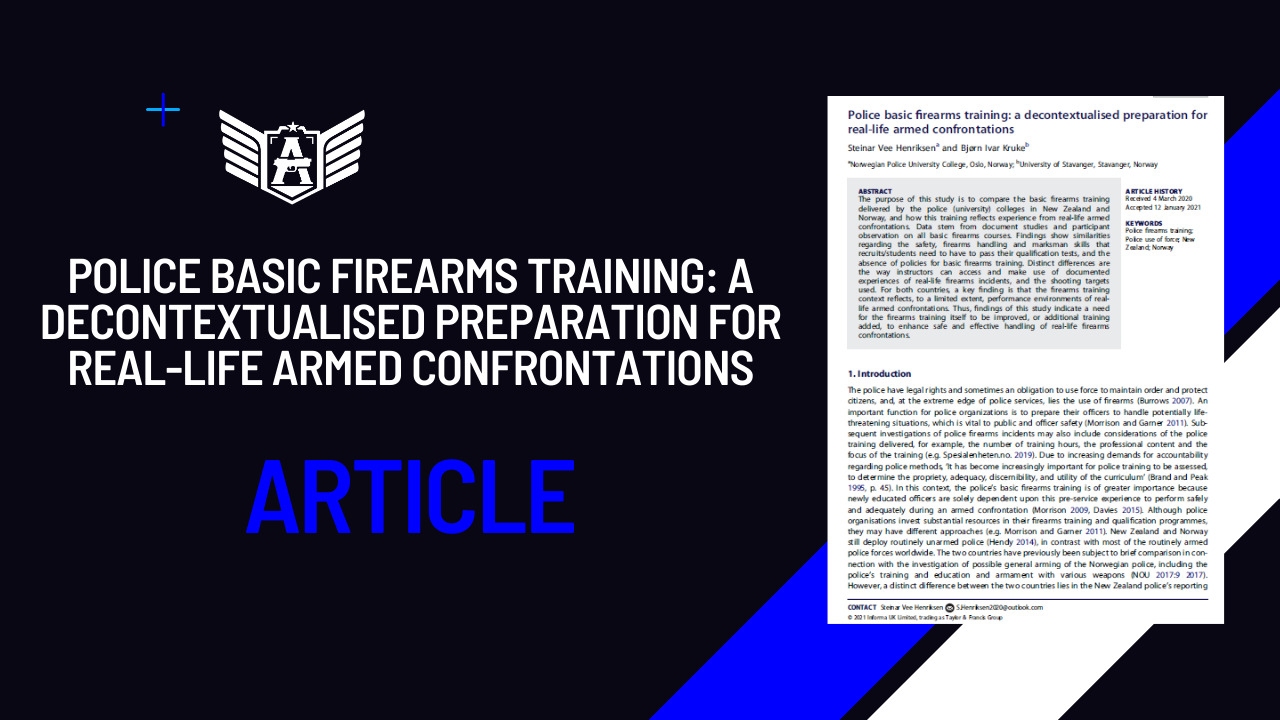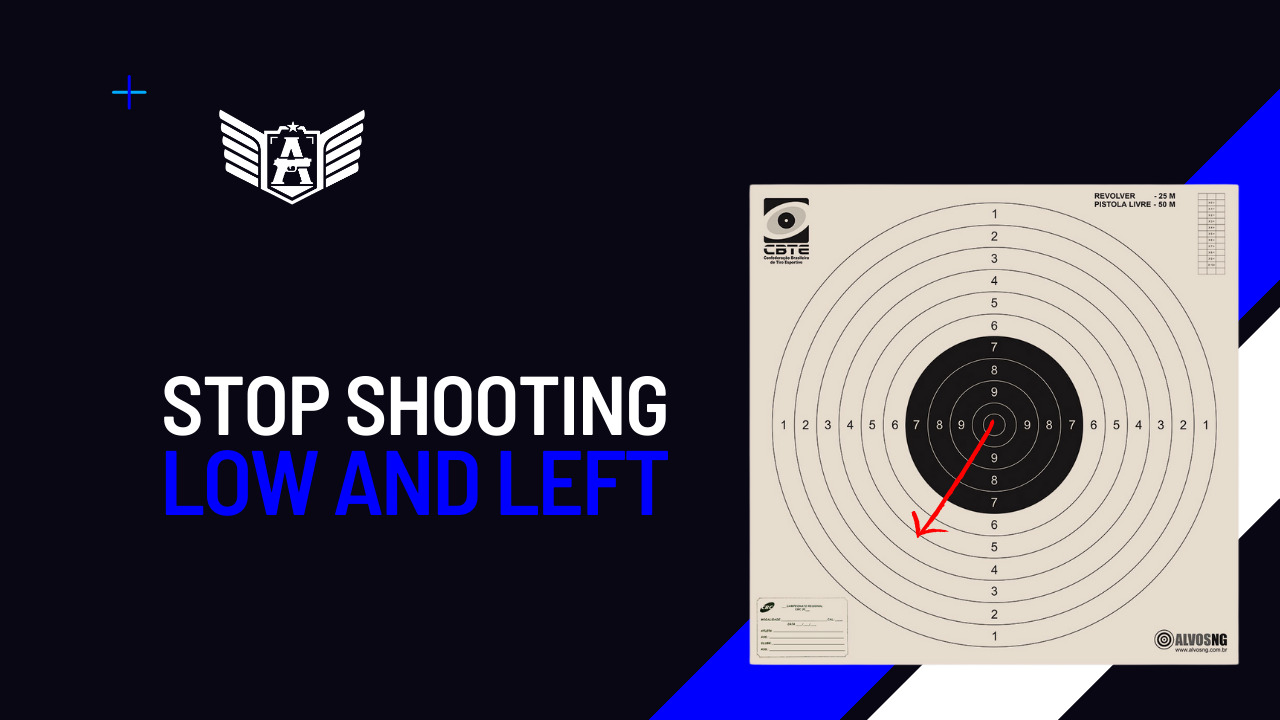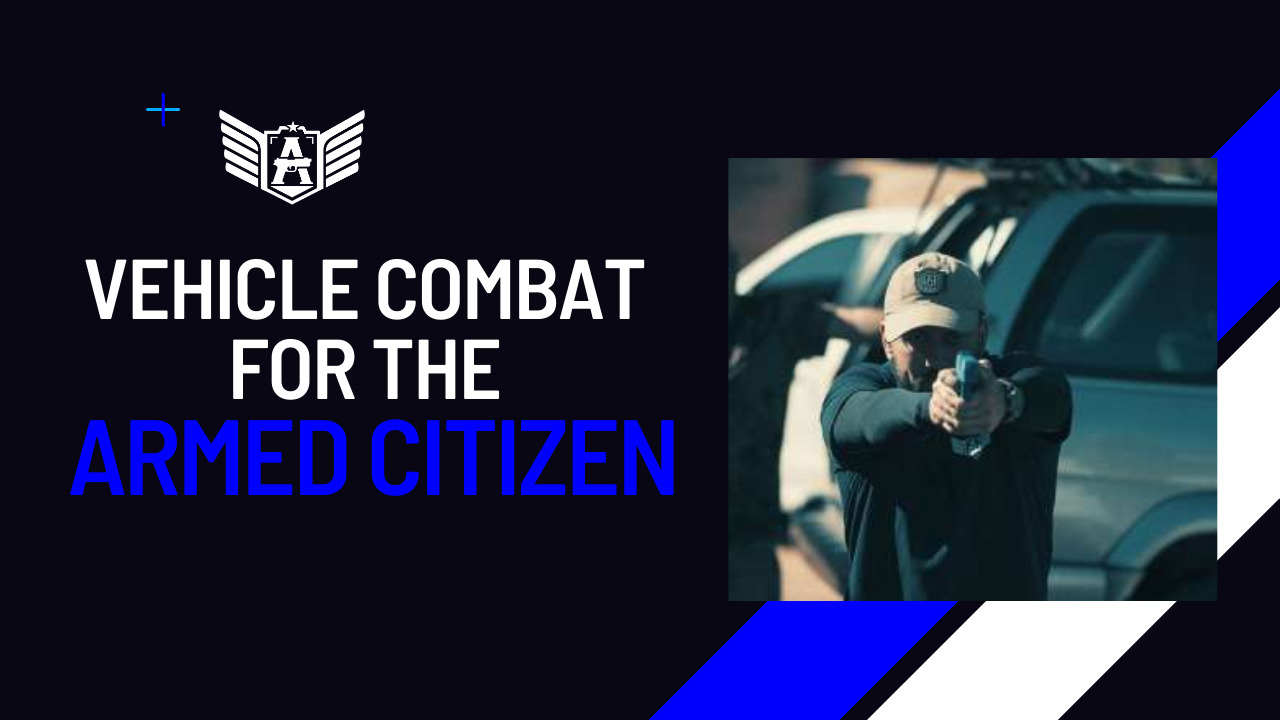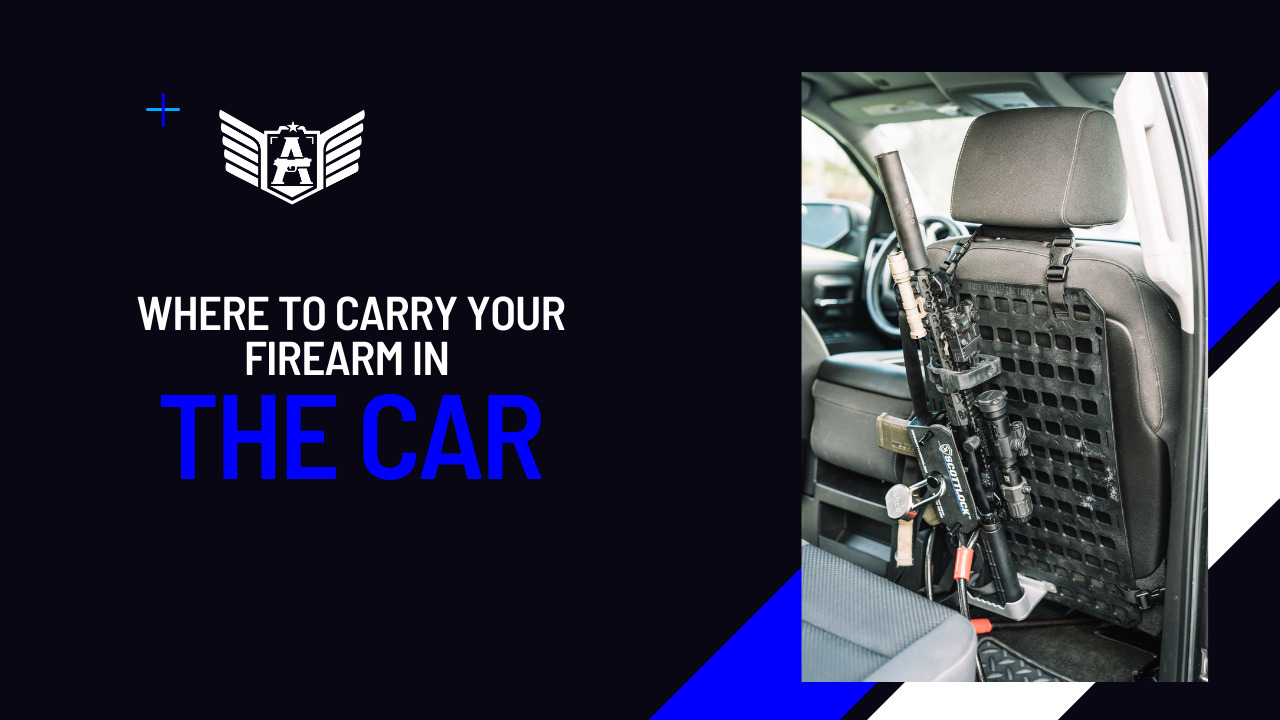Steinar Vee Henriksena and Bjørn Ivar Krukeb published the study titled Police basic firearms training: a decontextualised preparation for real-life armed confrontations at the Policing and Society Magazine in 2021.
The researchers analyzed the way police was being trained in New Zealand and Norway and how it related to real-life armed confrontation.
This study discusses the importance of police training, particularly in firearms handling, and the need for comprehensive preparation to handle potentially life-threatening situations. It also touches on the differences in police training approaches across countries, highlighting the contrast between routinely armed and unarmed police forces, with a focus on New Zealand and Norway. The importance of reporting systems on the use of force for experience-based learning is mentioned.
Findings emphasize the importance of training in improving decision-making and reducing police shootings. Variations in training frameworks and inadequacies in preparing officers for real-life encounters are noted. Additionally, the impact of stress and anxiety on shooting accuracy and the benefits of reality-based training are discussed.

The study aims to perform a comparative analysis of basic firearms training in New Zealand and Norway, focusing on the content and its reflection of real-life experiences in armed confrontations. It acknowledges the limited scholarly literature on police firearms training in both countries and aims to fill this gap through a comparative study.
The purpose of this study was to compare the professional content in basic firearms training delivered by the Royal New Zealand Police College (RNZPC) and the Norwegian Police University College (PHS), as well as how this training reflects experiences from real-life armed confrontations. The findings reveal significant similarities in basic firearms training between RNZPC and PHS. Both institutions have highly consistent learning objectives and training implementations, primarily focusing on safety, firearms handling, and shooting skills to support recruits and students in passing their qualification tests. The core of the basic live firearms training primarily emphasizes ‘how’ to shoot but provides insufficient guidance on ‘when’ and ‘where’ to use firearms.
Distinct differences emerge in that RNZPC instructors have access to and can utilize documented experiences from real-life use-of-force incidents, whereas PHS instructors currently lack such access. Additionally, RNZPC employs more realistic shooting targets compared to PHS. However, it is noted that the basic firearms training in both countries only marginally incorporates experiences from real-life armed confrontations. Consequently, the basic firearms training appears somewhat detached from the preparation required to handle real-life armed confrontations. This raises questions about the apparent absence of organizational policies for firearms training and whether police organizations should facilitate more realistic and comprehensive training through written guidelines grounded in empirical research.
In conclusion, further research is warranted to explore the connection between professional experience and basic police firearms training, as well as to determine the training methods that can best enhance police performance in real-life incidents.
Steinar Vee Henriksen & Bjørn Ivar Kruke (2021): Police basic firearms training: a decontextualised preparation for real-life armed confrontations, Policing and Society, DOI: 10.1080/10439463.2021.1877290




